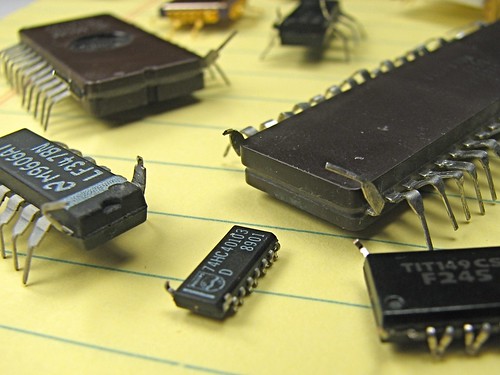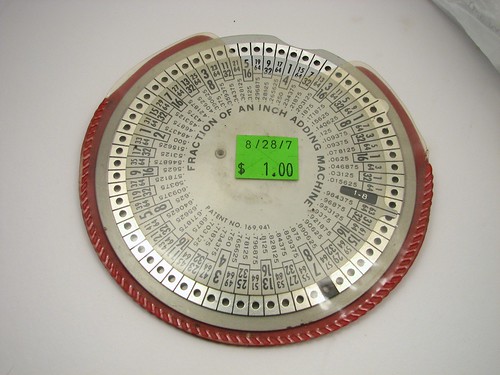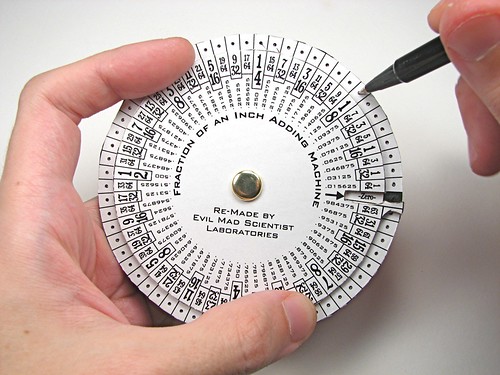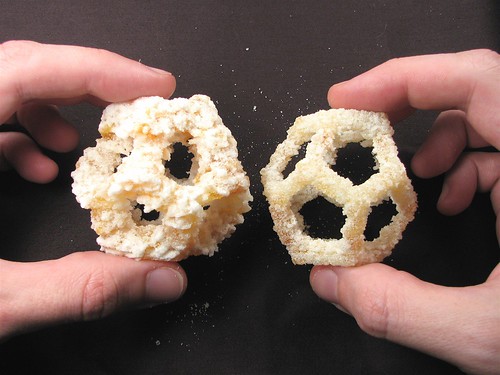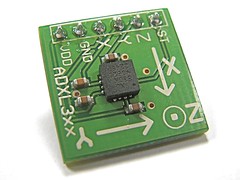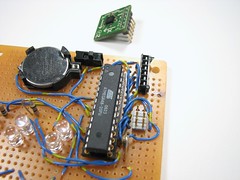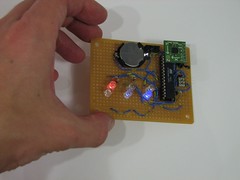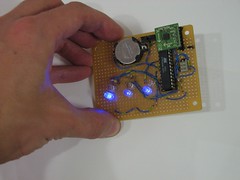
It’s time to reveal the mystery tool!
Wow– we’ve had some great answers– and some great restraint from those of you who already recognize it.
Thanks to everyone who participated!
Here are some of the guesses that were entered as comments– it’s a great list, and worth a read. My real surprise on this list: four guesses were that it was a piece of a time machine.
- Scoop for lifting boiled eggs out of water. (X5)
- Time Machine or part thereof (X4– WTF?)
- Golf ball retriever (X3)
- Eggcup (X2)
- Egg dipper for coloring Easter eggs (X2)
- Yolk separator (X3 — might work; kinda sharp.)
- Candle Snuffer (X2 — probably won’t work.)
- Antenna for communicating with intelligent aliens. (X2)
- A spiral (Yup.)
- Cocktail stirrer or Cocktail whisk
- Mayo whip
- Egg Beater
- Frothing whip for an espresso set.
- Heat sink for pouring hot water into glass (Does such exist?)
- Potato Masher
- Futon tataki, for beating the dust out of futons
- Magic wand for putting the magic smoke back into blown components! (Nice!)
- Magic wand – other (X2)
- Eggpoacher
- Hair ornament
- Implement to politely push away public huggers
- Ectoplasm handler
- Sproingy Springtime hamsterlift
- Barbeque tool
- Rejected design for a supppository.
- Manufacturing tool to keep two materials separate.
- An “Infinite Speculum.”
- “I’m not at liberty to say.”
- Golden Ratio Bubble Wand! (Neat idea!)
- Instrument used to keep eyes open whilst driving. (Ow!)
- Fancy urethral sound
- A bismuth crystal scoop.
- IUD
- Cone stand from an ice cream shop.
- Thalidomide baby contact-lens application tool. (High points for originality.)
- High quality nose picker.
To this list let me add my own “guesses”:
- Professional level egg-in-spoon-race spoon.
- Lollipop for robots.
- Support armature for world’s largest lollipop.
- Advanced nose-hanging spoon.
- Dieter’s ice cream scoop.
- Traditional umbrella for use during Festivus.
The tool is so simply and beautifully constructed that it is very difficult to judge the overall scale of the object. Is it three inches or three feet long? Of course, it turns out to be pretty small.
Nine answers assumed that the tool was the right size to hold an egg. And it sure is– a robin egg. ;)
You could indeed balance a chicken egg in the spiral, but it would be unsteady. The most popular answer was a tool for lifting boiled eggs out of water. Even for robin eggs, that would be difficult because (1) there’s very little angle between the spiral and the handle, and (2) the handle is very short. It might work as a golf ball retriever if the water trap is no deeper than your Beta bowl and you don’t mind turning the bowl upside down to get the ball out.
Honorable Mentions: The tool would be very good as a…
- Tea bag remover thingy
- Olive spoon for getting olives out of jars.
But of course, as one person answered, it’s a tool…
Continue reading What it is →




